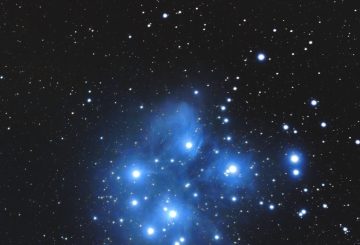Mawera Karetai dan putranya Jack Karetai-Barrett siap menghadapi bencana alam, dengan persediaan bertahan hidup disimpan di ransel di rumah dan di mobil mereka. Mawera, seorang peneliti lokal, memperingatkan bahwa Whakatāne, sebuah kota di Selandia Baru, perlu mempersiapkan gempa besar dan tsunami yang mirip dengan peristiwa 2011 di Jepang.
Para ilmuwan yang mempelajari Zona Subduksi Hikurangi, di lepas pantai timur Pulau Utara, memperkirakan gempa besar dapat terjadi dalam 50 tahun ke depan. Ada kemungkinan 25% itu bisa sebesar gempa berkekuatan 9,1 SR. Mawera memperingatkan bahwa peristiwa semacam itu dapat menyebabkan kerusakan infrastruktur besar dan isolasi, karena sumber daya akan diarahkan ke kota-kota.
Mawera telah menyelenggarakan serangkaian lokakarya dengan ahli seismologi dari GNS, sebuah lembaga penelitian geologi, untuk bulan depan. Dia percaya bahwa banyak orang di kota tidak cukup siap menghadapi gempa bumi. Lokakarya akan membahas berbagai garis patahan yang berisiko, termasuk zona subduksi di bawah kota. Peserta harus pergi dengan rencana tindakan tentang cara menjaga komunitas mereka tetap aman.
Mawera telah berbicara dengan Dewan Distrik Whakatāne tentang kekhawatirannya bahwa mereka tidak memiliki rencana evakuasi untuk kota. Dewan telah mengatakan bahwa mereka berkomitmen untuk meningkatkan kesadaran masyarakat dan pemahaman tentang pendidikan bencana.
Dewan telah mulai mengerjakan proyek multi-lembaga untuk mengembangkan proses evakuasi baru dan prosedur untuk risiko tsunami dan banjir. Mereka juga mengembangkan Pusat Pertahanan Sipil di seluruh distrik untuk menyediakan sumber daya darurat setelah peristiwa bahaya alam.
Lokakarya ini merupakan bagian dari proyek penelitian yang disebut “Our Changing Coast,” yang didanai oleh Dana Endeavour Kementerian Bisnis, Inovasi dan Ketenagakerjaan. Proyek ini menyelidiki faktor-faktor seperti pergerakan tanah dan kenaikan permukaan laut pada komunitas pesisir. Mawera telah diminta untuk mempelajari dampak pada kaum muda yang tinggal di daerah ini.
Lokakarya dijadwalkan untuk minggu terakhir bulan Juni. Tergantung pada keberhasilan mereka, mereka dapat diperluas ke semua wilayah pesisir di Selandia Baru.



























































